Future paradise Shangri-La embraces sustainable travel
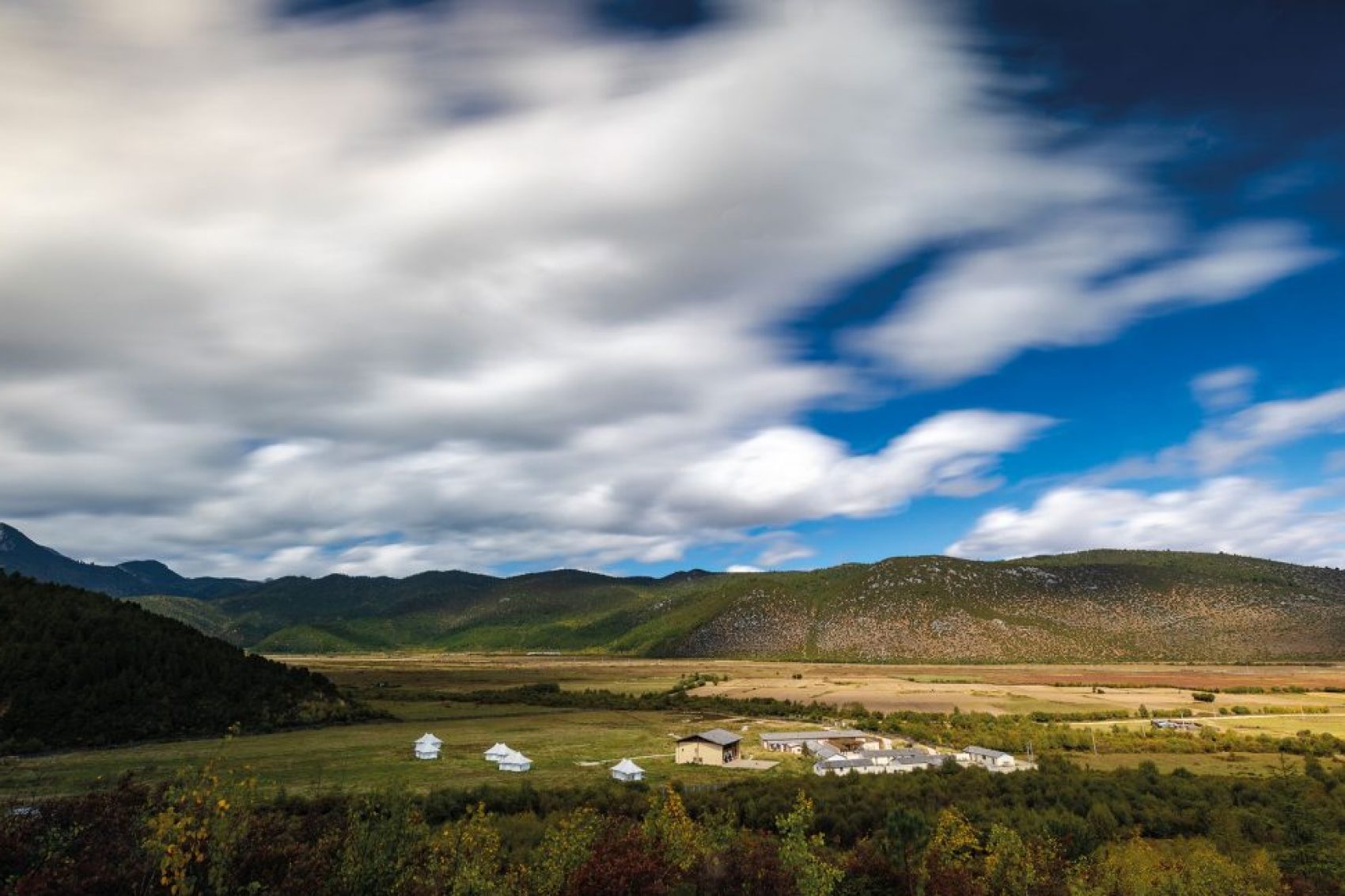
I’m standing at the Great Bend of the Jinsha River, trying to find a word to sum up the landscape – uncompromising? Magical? Treacherous? Bendy? – when I’m interrupted by a far less trivial thought.
"The Tea Horse Road used to run across there," says my guide Sonam Gelek, air-drawing on the distant landscape. "And from here, the road would run all the way up into Tibet."
The Ancient Tea Horse Road, while less known than its silk sister, was one of the most significant trading routes of ancient China. Tea from Yunnan and Sichuan was its prize, transported thousands of kilometres by horse, north to Tibet and west into what is now Myanmar, Bangladesh and India – a route that gave this area its reason for being for more than 1,000 years. It’s a route Gelek has retraced on several occasions and he helps me settle on the right description: "so difficult".
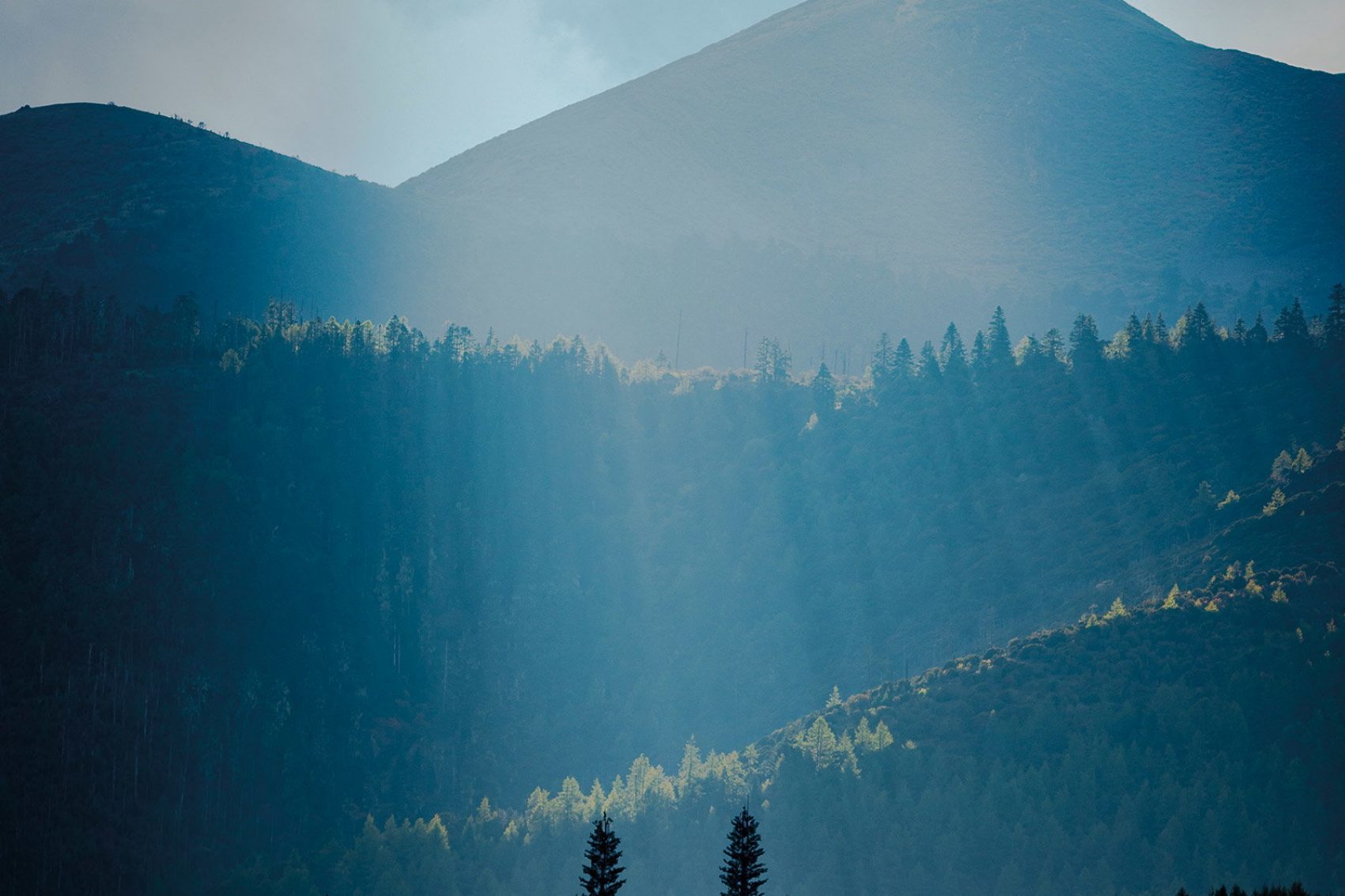
Credit: Jensen Chua
The mind-boggling history of this region – in the northern reaches of Yunnan, up at more than 3,000 metres and on the fringes of the Tibetan Plateau – is something that weighs upon you. The Tea Horse Road is exhibit A. But it’s also there when you visit the Ganden Sumtsenling Monastery, Yunnan’s immense and gleaming centre of Tibetan Buddhism that’s sometimes referred to as the ‘Mini-Potala’. Or when people talk about the history of Dukezong, the ancient town in the heart of Shangri-La county, in the thousands of years. Or in the general timelessness of seemingly everything.
The irony is that Shangri-La’s modern-day identity has been defined by something that happened less than two decades ago.
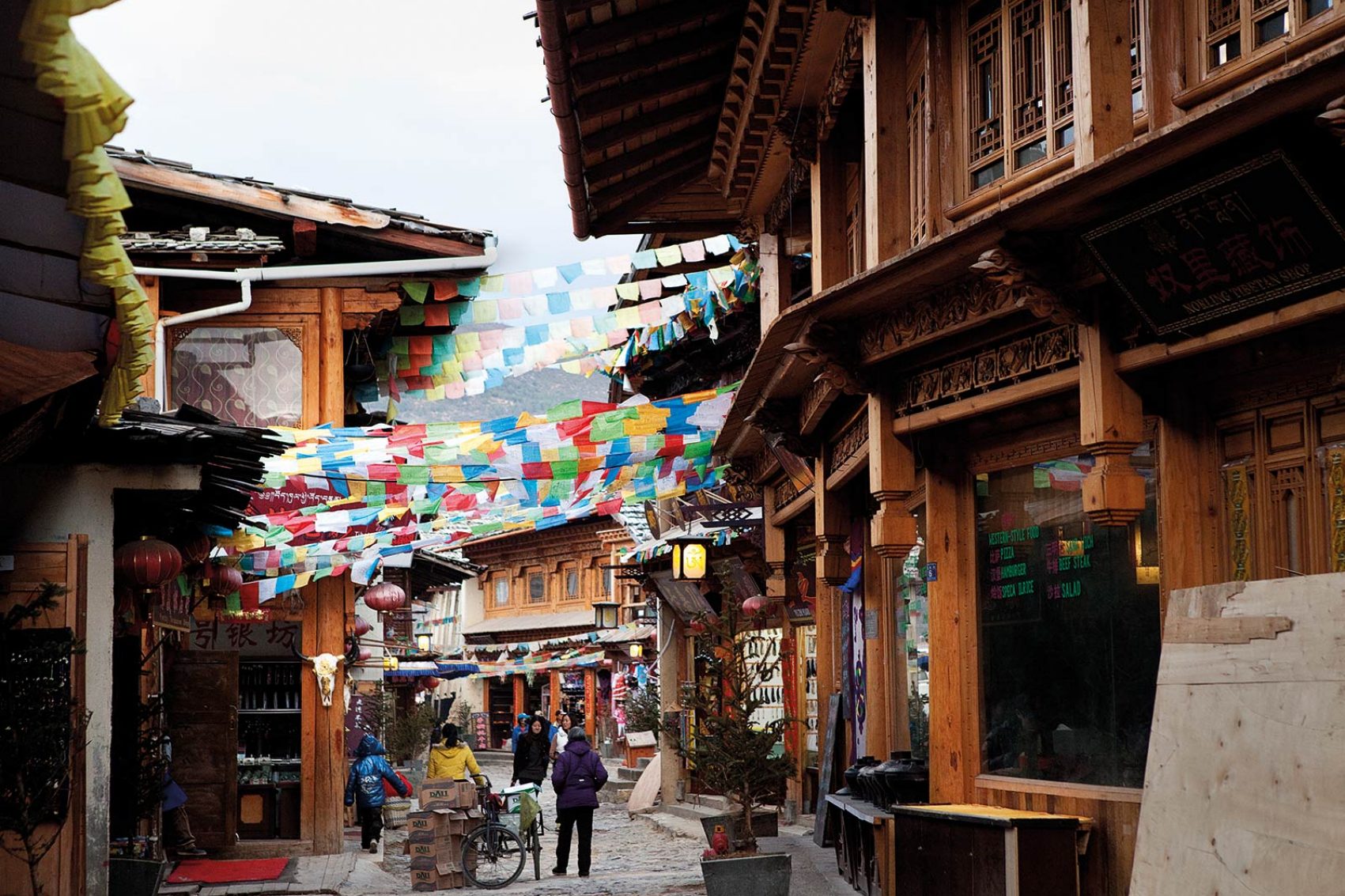
Credit: Lynn Gail
In 2001, Yunnan’s Zhongdian county was renamed Shangri-La – the mythical town from James Hilton’s 1933 novel Lost Horizon – beating out other suitors for the name from across Yunnan and the country. "Culturally, spiritually, and in the harmony of the different cultures and backgrounds of our home, this place fits the name Shangri-La," says Gelek.
The name change quite literally put Shangri-La on the map. With the invaluable branding came the tourism, development and economic growth, and the city was quick to embrace its new name, with a Lost Horizon-themed park sprouting up and references to the book becoming almost obligatory in new shops, guesthouses and restaurants.
But walking around Duzekong, there are warnings: of growing crowds and the slow but clear commercialisation that has taken over nearby cities. With the Lijiang-Shangri-La railway set to open in 2020, some local residents are wondering how to help develop the centre in the right way.
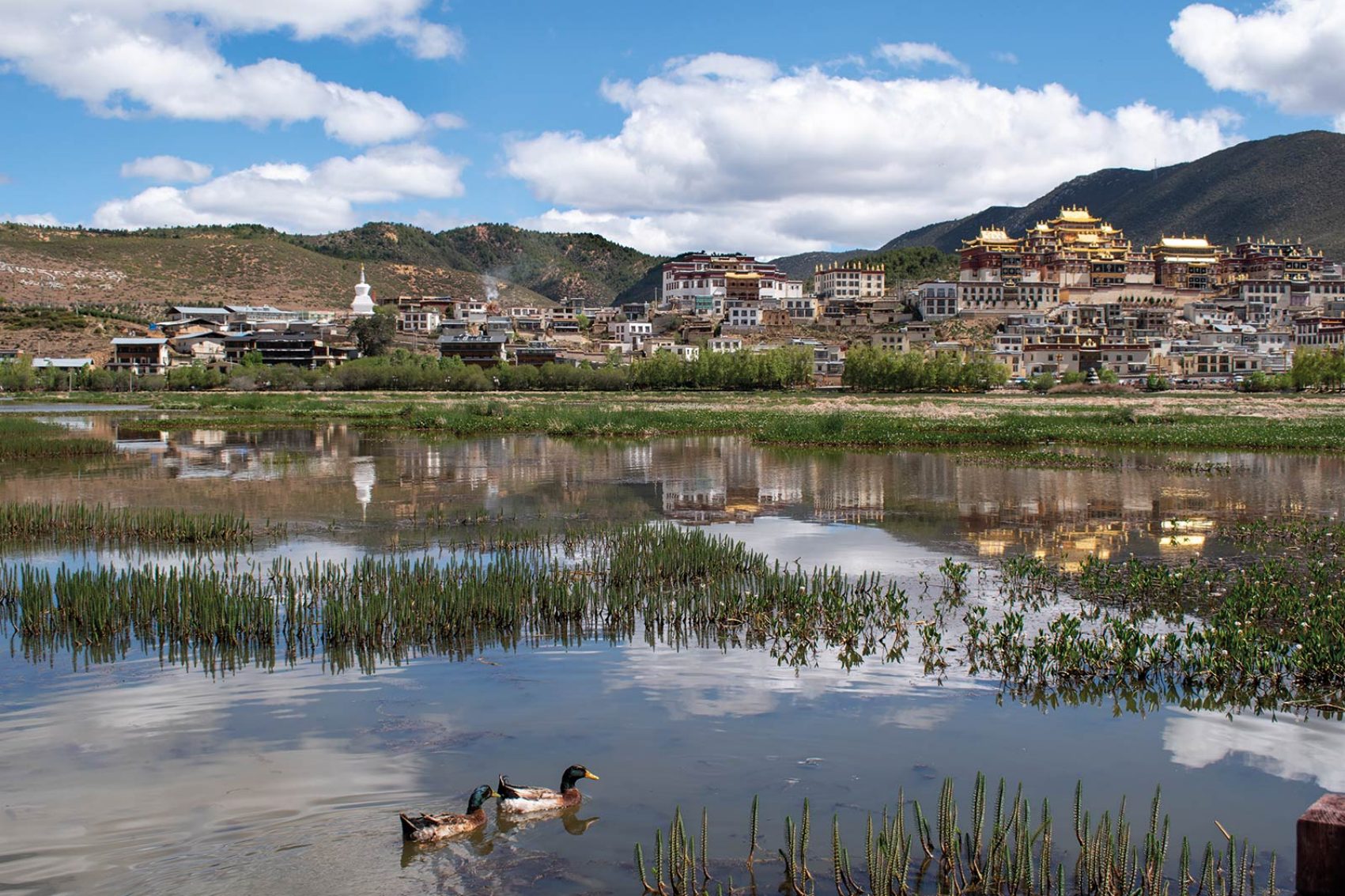
"We loved our Tibetan name, but for tourism and development, the name change to Shangri-La was good. It became a dreamland, a place essential to visit once in your life. But it meant we had to think very deeply about how we make this sustainable," says Dakpa Kelden, one of the leading voices in Shangri-La’s sustainable development conversation.
Kelden, who was born in India but has roots in Shangri-La, has launched various projects in the city, from a hotel (Arro Khampa ) to a school preserving Tibetan arts and calligraphy. His latest project is Norlha , a high-end boutique specialising in items made from yak’s wool and other products from the Tibetan highlands. His philosophy is simple: "I love my hometown and I want to protect Tibetan arts and culture and community development. We want to keep our values and keep them for the next generation. We must ask ourselves, how do we keep the magic?"
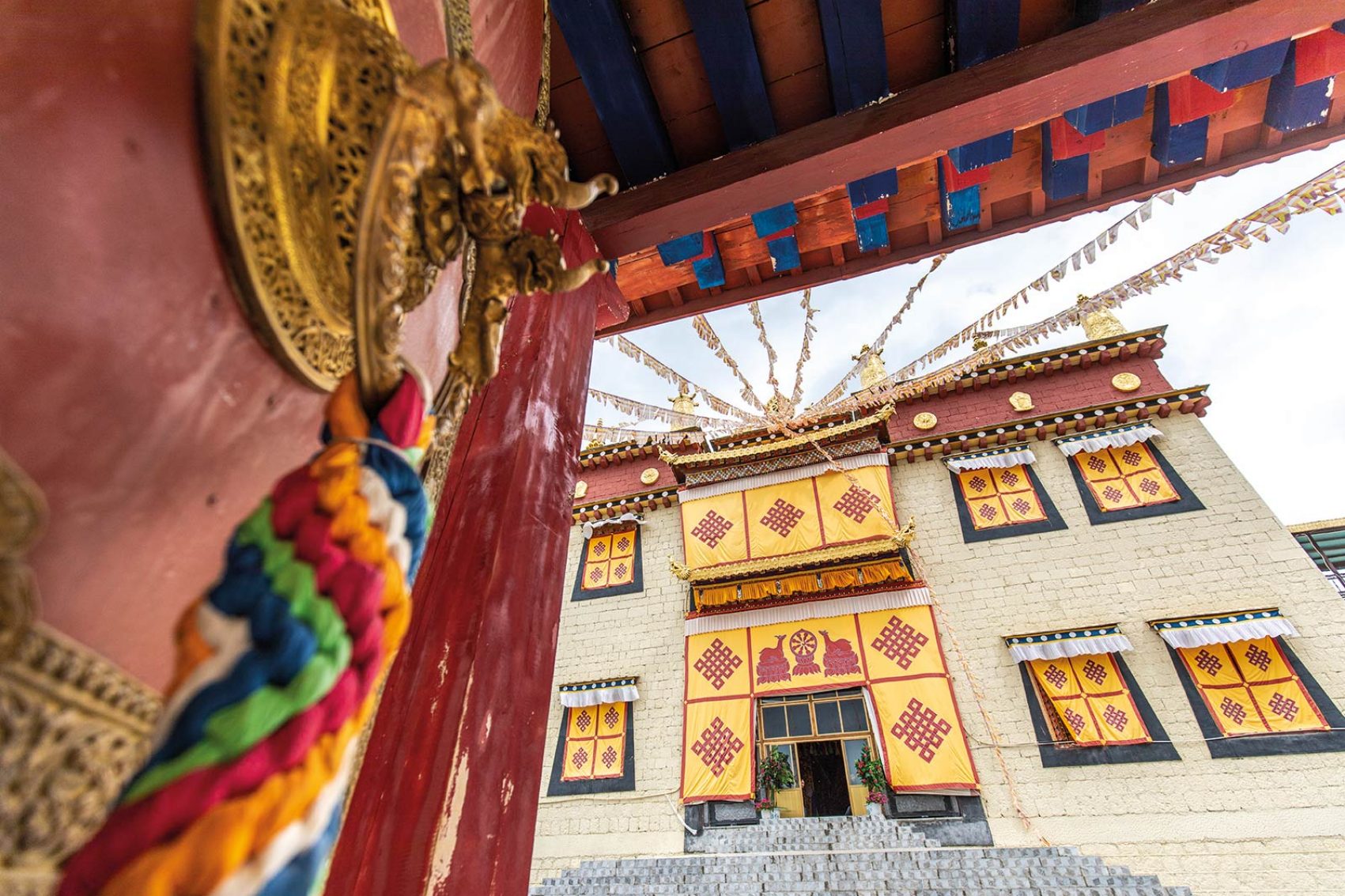
Credit: Jensen Chua
Songtsen ‘Sonny’ Gyalzur has also been instrumental in championing sustainable development in Shangri-La. Swiss-born but with Shangri-La heritage, Gyalzur founded the Shangri-La Highland Craft Brewery in 2015 as a way to bring jobs – as well as a decent beer – to the local community. His mother had been involved in local orphanages for decades, and in the brewery Gyalzur saw an opportunity to take up that mantle. "Eighty per cent of our employees are former children of the orphanage," he says. "We are really focusing on education and training – one of my goals is for the brewery to be completely run by former kids of the orphanage. That’s very important to me."
Gyalzur hasn’t stopped there, however. He helped set up a sister-city partnership with Arosa in Switzerland, a resort town with more than 100 years’ experience in sustainable tourism, something he says has put responsible tourism on the minds of the next generation.

Credit: Jensen Chua
Part of the hope for Gyalzur and other likeminded residents lies in changing tourist demographics. The numbers are growing, but walk around Shangri-La’s hotspots and rare are the sights of flag-waving groups and tourist buses. The trend, he says, is for individual visitors in search of nature, culture and adventure.
That’s precisely the kind of clientele the Hidden Valley Resort caters to. The area’s first luxury tented camp, which opened in February, sits on an expansive grassland, surrounded by mountains, rural houses, and Shangri-La’s dramatic landscape. The small resort – with 14 tents and rooms in total – is focused on bringing authentic Tibetan experiences to its guests. "The Tibetan people want to ensure that their culture is passed on from generation to generation. We want to help ensure that – but to share it with outsiders, too," says Cynara Tan, managing director of the Hidden Valley.
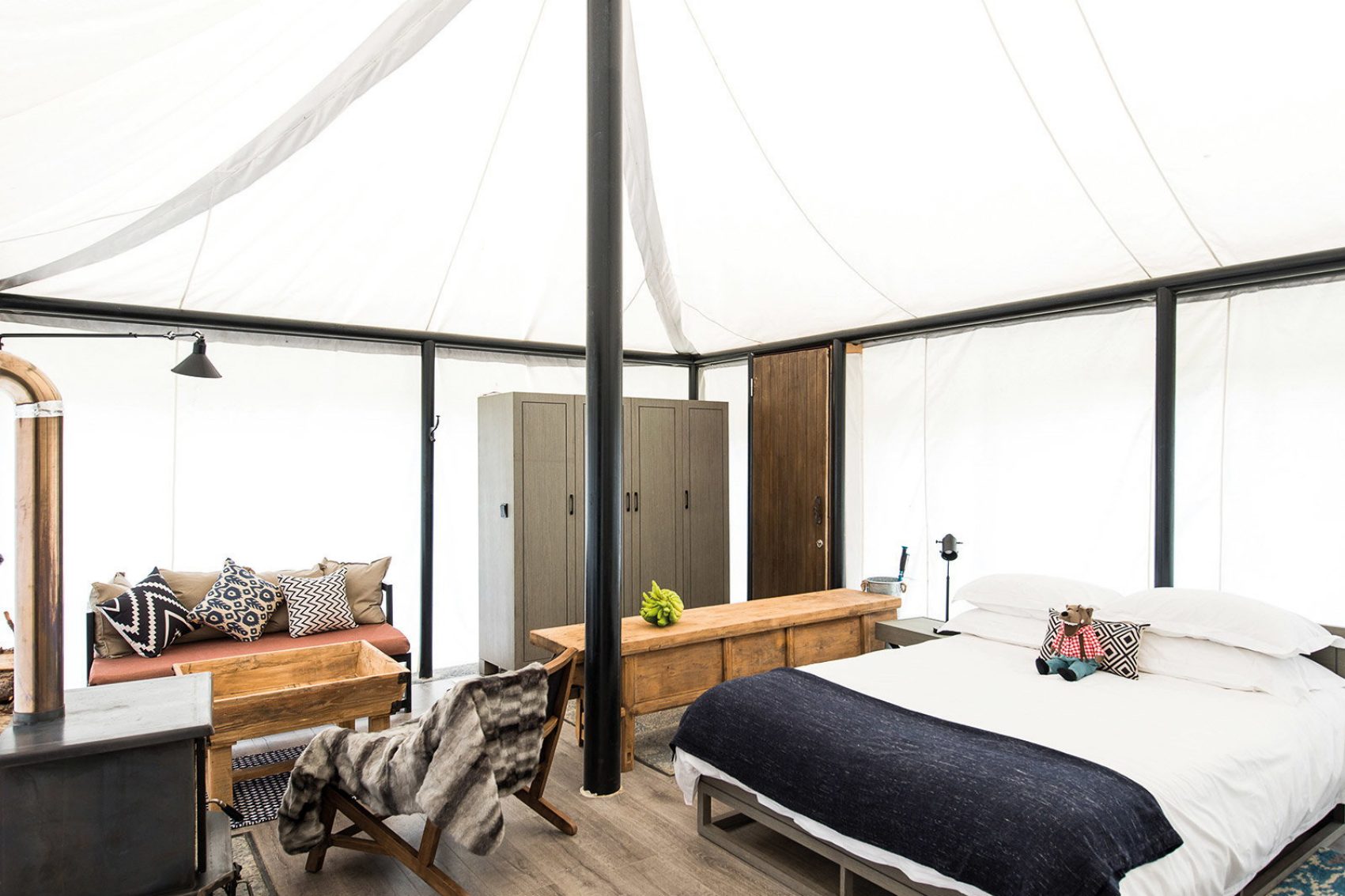
Credit: Ray Chong
In addition to their luxury tents, which draw inspiration from the dwellings of the region’s grassland nomads, Tan and her team relocated and rebuilt a traditional Tibetan house that was the former residence of the village chief – a part of their sustainable approach to development, the area and local culture.
Almost everyone working at the resort is from the local village, Bisong. Visits to homes in the village are organised in partnership with the residents. Here they practice farm-to-table dining with organic produce from their own gardens – a common practice in the world’s top hotels, but a rare feat for a restaurant in rural Yunnan.
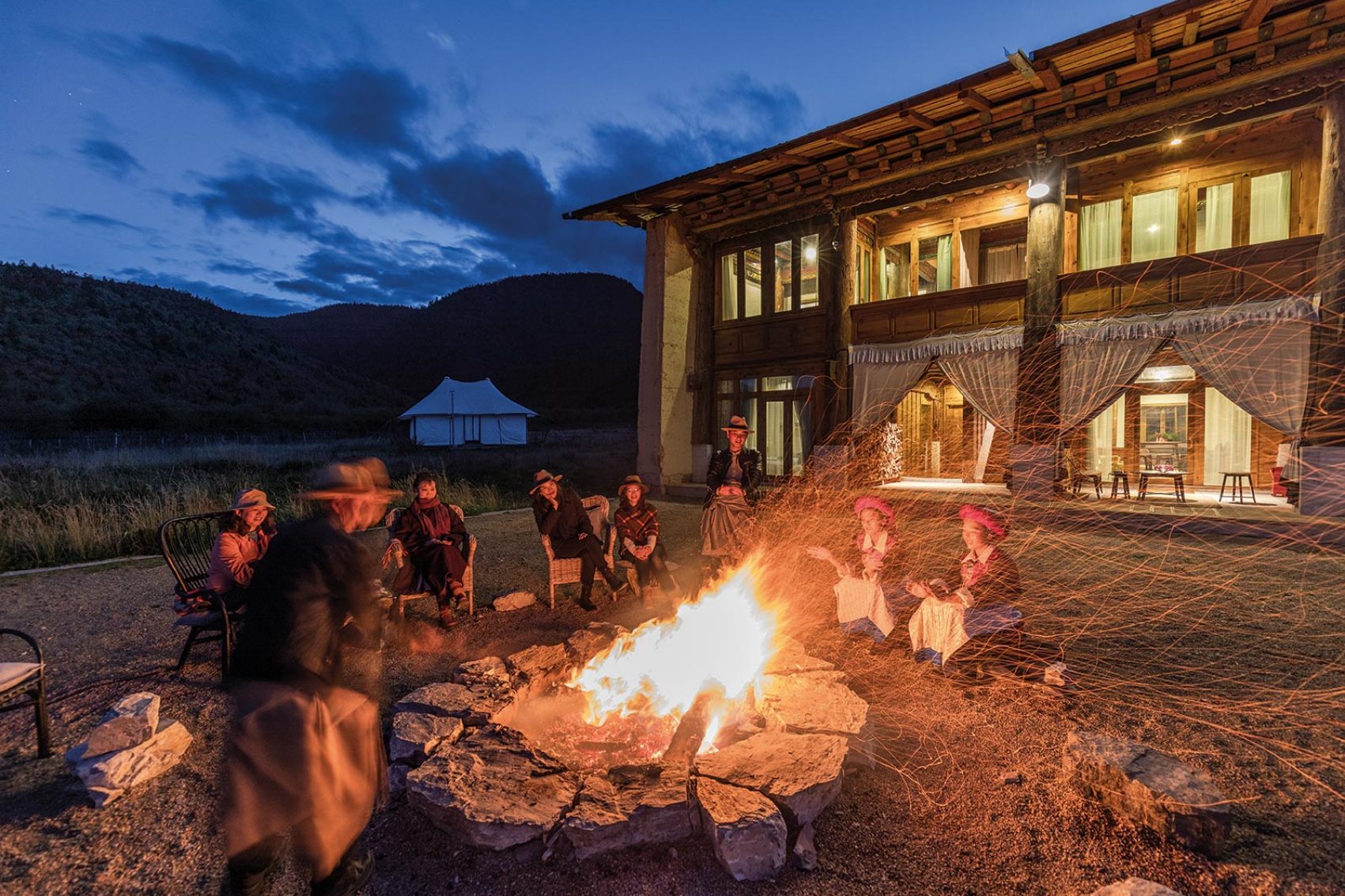
Credit: Jensen Chua
"There is so much to be discovered here. There is so much local culture to absorb, mountains to climb, forests to forage in. We just want people to connect to the land and its people," says Tan.
To borrow Kelden’s words: the magic is still very much alive.
More inspiration
- China – the Chinese Mainland, Hong Kong SAR, Macao SAR and Taiwan Region
- Hong Kong SAR - English
- Chinese Mainland (China) - English
- Taiwan China - English
- 香港特別行政區 - 繁體中文
- 中国內地 - 简体中文
- 中國台灣 - 繁體中文
- Africa
- South Africa - English
- Asia
- Bangladesh - English
- Korea - English
- Singapore - English
- Cambodia - English
- 한국 - 한국어
- Sri Lanka - English
- India - English
- Malaysia - English
- Thailand - English
- Indonesia - English
- Maldives - English
- ประเทศไทย - ภาษาไทย
- Indonesia - Bahasa Indonesia
- Myanmar - English
- Vietnam - English
- Japan - English
- Nepal - English
- Việt Nam - tiếng Việt
- 日本 - 日本語
- Philippines - English
- Australasia
- Australia - English
- New Zealand - English




.renditionimage.450.450.jpg)

